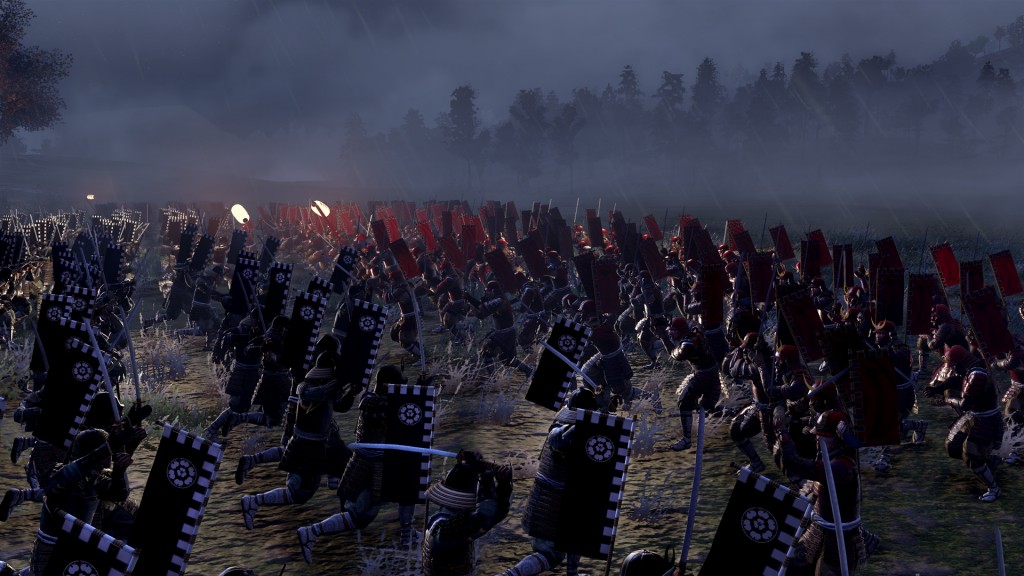

They moved in large units to stave off cavalry. The Mongols employed Chinese and Korean footmen wielding long pikes and fought in tight formations. The attempted Mongol invasions of Japan in 12 was one of the factors that changed Japanese weaponry and warfare. In the late Heian period, battles on foot began to increase and naginata, a polearm, became a main weapon along with a yumi (longbow). The original warfare of the bushi was not a thing for commoners it was a ritualized combat usually between two warriors who would challenge each other via horseback archery.

While they were present in early Japanese history, the term 'yari' appeared for the first time in written sources in 1334 and this type of spear did not become popular until the late 15th century. These hoko yari are thought to be from the Nara period (710–794).

Ukiyo-e print of a samurai general holding a yari in his right handĮarly yari are believed to have been derived from Chinese spears.


 0 kommentar(er)
0 kommentar(er)
